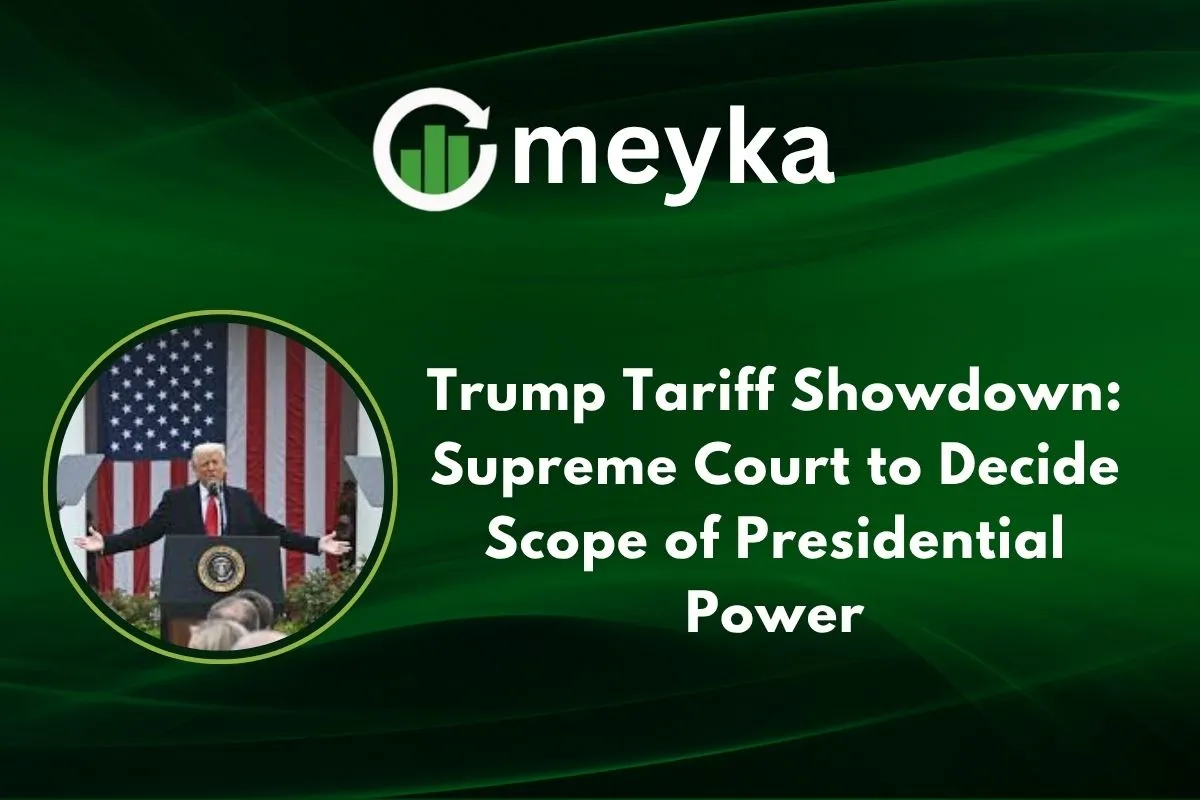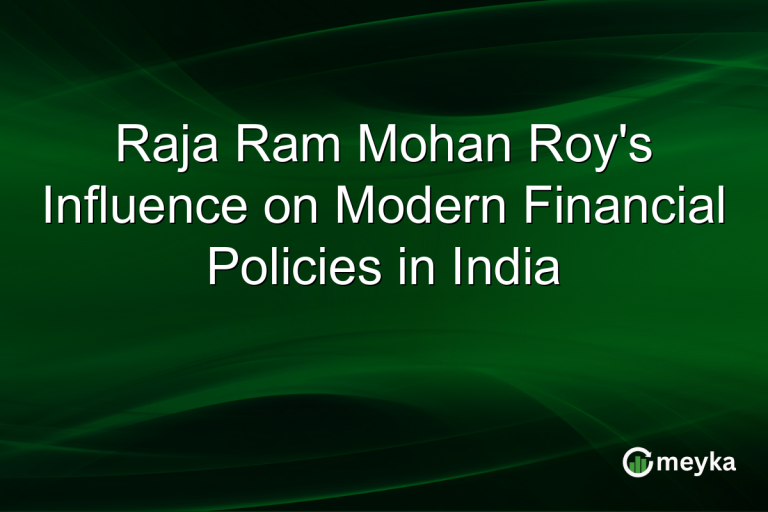Trump Tariff Showdown: Supreme Court to Decide Scope of Presidential Power
When we talk about the “Trump Tariff”, we’re referring to a bold move by Donald Trump to slap heavy duties on goods coming into the U.S., and now the story has reached the Supreme Court of the United States. At stake is not just trade policy, but the question: How far can a president go without Congress when it comes to tariffs?
Background: How Trump Used Tariffs
Trump’s tariff strategy started in his first term but took a more sweeping turn in his second term. He imposed steep tariffs on imports from countries like China, Canada, Mexico, and many others, using the rationale of national security, unfair trade practices, and large trade deficits. The tariffs relied on authorities such as the International Emergency Economic Powers Act (IEEPA) and other trade laws. Business owners and consumers felt the effects. Supply chains shifted. Prices rose in some sectors. On the flip side, Trump argued that this protected American manufacturing and fought unfair foreign practices. Critics said the tariffs raised costs and bypassed proper congressional oversight.
Case Before the Supreme Court
Now, we have a landmark case. The Supreme Court is hearing whether Trump had the legal right to impose such sweeping tariffs without Congress explicitly authorising them. Lower courts ruled that his use of IEEPA to impose global tariffs went too far.
The timeline:
- Early 2025: Executive orders signed, tariffs imposed under IEEPA and other statutes.
- April 2025: The so-called “Liberation Day” tariffs were announced under Executive Order 14257, claiming a national emergency over trade deficits.
- May 2025: The Court of International Trade ruled that those tariffs exceeded presidential power.
- November 2025: Supreme Court hears oral arguments.
What the Court will decide: Does IEEPA (or any statute) allow the president to impose tariffs broadly? Or is that power reserved solely for Congress?
What’s at Stake
The stakes are enormous. First, the separation of powers: If the Court sides with Trump, it could empower future presidents to impose tariffs without heavy congressional oversight. Second, the economy: The tariffs may affect billions of dollars of trade, impact consumers, raise prices, and change how companies source goods. According to one source, the tariffs could cost American families more than $1,700 in higher prices in a year.
Third, on the world stage: How the U.S. interacts with key trade partners matters. The ruling may also shift how countries negotiate with the U.S. and how global supply chains operate. Fourth, for Trump and his policy goals: Tariffs are a major part of his “America First” approach. If he loses, it could limit one of his key economic tools.
Arguments from Both Sides
Pro-Tariff / Executive Authority
- Trump and his legal team say that IEEPA, which allows the president to regulate imports or transactions in a declared national emergency, gives him the authority to impose tariffs.
- They argue that fast action is needed in a changing global economy, with urgent threats like large trade deficits and illicit drug flows.
- Supporters claim this strengthens U.S. industries and gives the country leverage in international negotiations.
Anti-Tariff / Limit Executive Power
- Opponents respond that tariffs are, in effect, a tax on imports, and only Congress has clear power to impose taxes or duties under the U.S. Constitution.
- They argue the IEEPA was never meant to give the president unlimited power over tariffs; the major-questions doctrine says Congress must clearly delegate such major policy decisions.
- They highlight the burden on business, consumers, and the precedent it sets for unchecked executive actions.
Economic Impact and Market Reactions
When we look at market and business reactions, we see plenty of turbulence. Some manufacturers who relied on low-cost imports from China and India were hit when tariffs changed their cost structures. For consumers, higher input costs can translate into higher retail prices. Some analyses say the tariff policy could raise the average household’s costs by well over a thousand dollars in a year.
For trade flows: companies may redirect sourcing away from high-tariff countries, invest in domestic production, or rely on alternate markets. But these shifts take time and come with a cost. From a stock-market perspective, the uncertainty around the Supreme Court decision adds risk to sectors like manufacturing, agriculture, and import-heavy industries.
Political Ramifications
We also see political implications. With the 2026 election cycle looming (or beyond, depending on timing), trade policy is high in the headlines. A ruling in favour of the president could be used as a badge of strength by Trump and his allies. A ruling against could force a shift in how Republicans approach trade. Congress may feel pressure to step in. If the court limits presidential power, lawmakers will likely face pressure to clarify tariff-making authority or craft new trade legislation.
International Perspective
From abroad, trade partners are closely watching. Countries such as China, the EU, Canada, and Mexico may respond depending on the ruling. Some already saw the tariffs as unilateral and aggressive. The global supply‐chain map is shifting too, with some firms reconsidering reliance on one country or region.
If the U.S. president retains broad tariff power, other nations may be more cautious or adopt countermeasures power is limited, the U.S. might have to rely on treaties and multilateral trade negotiations more heavily.
Conclusion
We are at a turning point. The “Trump Tariff” case isn’t just about protecting steel or punishing China. It’s about who runs tariff policy in the U.S., the president or Congress, and how trade will be shaped in the decades ahead. Our economy, our global alliances, and our democratic system may all shift depending on the outcome. As everyday consumers, business owners, or observers of global trade, we should pay attention. The Supreme Court’s decision will echo far beyond one president. It will define the rules of the game. And as we see how that game plays out, one thing is clear: the balance of power in Washington and the direction of U.S. trade policy may never look quite the same again.
FAQS
No person or branch can simply overrule the US Supreme Court. However, Congress and the states can change the Constitution through an amendment, and the Court can change its own rulings later.
The International Emergency Economic Powers Act (IEEPA) lets a president act in a national emergency involving foreign threats. Trump used it to place tariffs and control trade during his presidency.
Trump’s tariffs were based on the idea that some countries traded unfairly. His team looked at trade deficits, national security risks, and industry needs to decide tariff amounts and targets.
Disclaimer:
The content shared by Meyka AI PTY LTD is solely for research and informational purposes. Meyka is not a financial advisory service, and the information provided should not be considered investment or trading advice.






